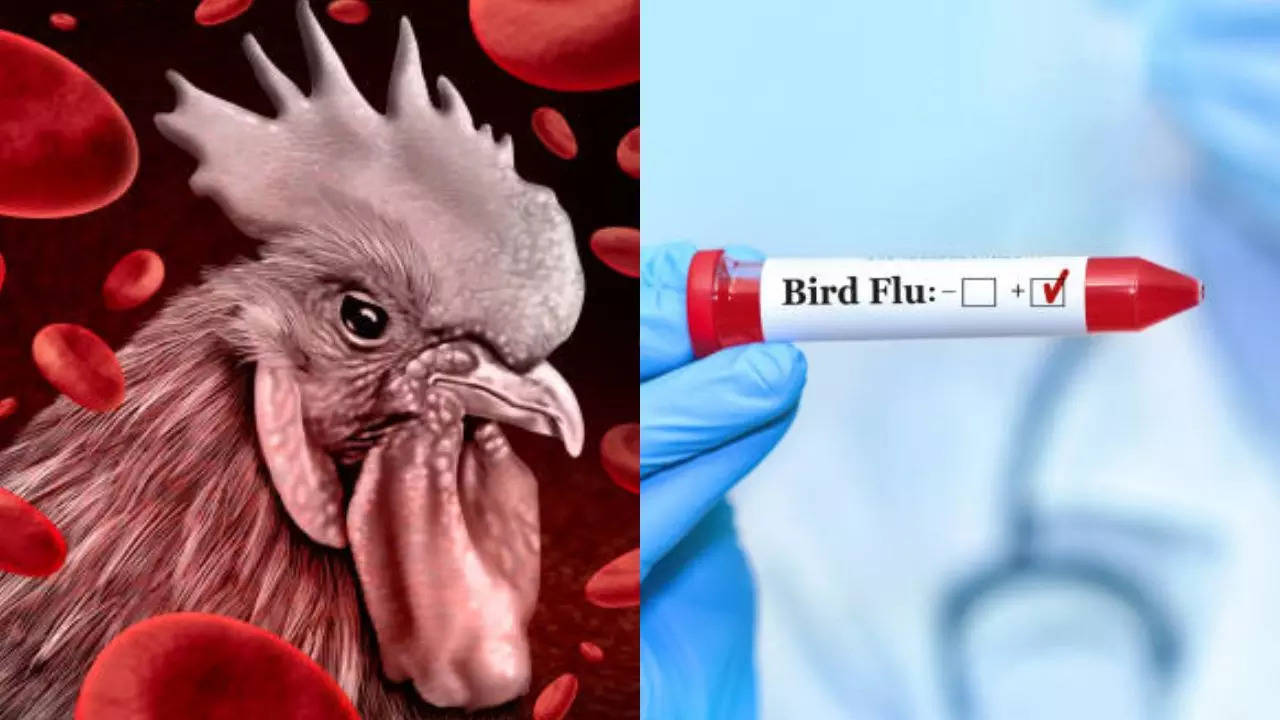Contents
-
news
-
Health
New case of human bird flu confirmed in California: CDC steps up efforts amid outbreak
The CDC has confirmed a new human H5N1 bird flu case in California, bringing the total in the US to 67. The majority of cases involve agricultural workers who come into contact with sick animals. The CDC urges preventive measures such as rapid testing, antiviral treatment and avoiding contact with infected animals to stop the outbreak. Public risk remains low.

New human bird flu case confirmed in California: CDC steps up efforts amid outbreak (Image credit: iStock)
The US Centers for Disease Control and Prevention (CDC) has confirmed a new human case of H5N1 avian influenza, commonly known as bird flu, in California. This latest case, involving a San Francisco child, brings the total number of infections nationwide to 67. The child developed fever and conjunctivitis, but was not hospitalized and has since made a full recovery.
California remains the epicenter of the outbreak, where 38 of the reported cases have occurred, according to CDC data. Most infections in the state are linked to contact with sick dairy cows and poultry. However, health officials have documented two cases with no apparent source of exposure, both involving children.
The risk is low for the general public but the risk is high for some groups
While the CDC says the risk to the general public is low, it has identified specific groups as more vulnerable to infection. These include:
– Farm workers handling sick animals or by-products.
– Owners of backyard bird flocks.
-Veterinarians and animal care workers.
– Public health responders are involved in outbreak management.
CDC Principal Deputy Director Dr. Nirav Shah highlighted the importance of early testing and treatment to prevent complications. “The more time passes, the more difficult it becomes to trace exposure sources and manage the spread effectively,” he explained.
Growing concerns over delayed diagnosis have led the CDC to call on healthcare providers to increase testing for bird flu, especially for hospitalized patients who have flu-like symptoms. A recent advisory recommends that a second test for avian influenza should be performed within 24 hours of hospitalization for suspected cases. Additionally, the agency recommends starting antiviral treatments such as Tamiflu immediately, even before test results are available.
Delayed diagnosis can hinder public health investigations, delay treatment of exposed individuals, and compromise hospital infection control measures. Hospitals often need to send samples to public health laboratories for testing, which can take time. Patients may be discharged by the time results are received, making it difficult to give effective antiviral treatment to close contacts.
Widespread impact and rising cases
This year, the H5N1 outbreak has been linked to several serious cases, including the first U.S. death from bird flu, in a Louisiana man who had direct contact with an infected backyard chicken. In Canada, a young girl spent two months hospitalized after becoming infected with the virus.
The outbreak has also spread to domestic cats, with confirmed cases linked to contact with raw pet food or raw milk. These incidents underline the need for greater vigilance in both animal and human health sectors.
Preventive measures to stop the spread
CDC has issued guidelines to help prevent the spread of H5N1 avian flu:
1. Avoid direct contact with wild birds, poultry, or other animals suspected or suspected to be infected with the virus.
2. Use personal protective equipment (PPE) when handling potentially infected animals or their environments.
3. Avoid touching contaminated surfaces or materials, such as bedding or litter from infected animals.
4. Avoid consuming raw milk or raw milk products, especially from animals suspected of having avian flu infection.
5. Ensure rapid testing for hospitalized patients showing flu-like symptoms. H5N1 test samples should be immediately sent to public health laboratories.
CDC continues to closely monitor the situation, emphasizing the need to increase awareness, especially among at-risk groups. Dr Shah stressed on the urgent need to differentiate between seasonal flu and avian influenza as the symptoms of both the diseases are similar. “Accelerating testing and starting treatment early could make a significant difference in managing the outbreak and protecting public health,” he said.
Public health experts also note that genetic changes in the H5N1 virus or increases in disease severity could increase the overall threat level. However, the spread of bird flu can be effectively controlled with the right preventive measures and timely intervention.
Right now, while the general public is at low risk, agricultural workers, veterinarians and others in close contact with potentially infected animals should remain vigilant and follow CDC guidelines to protect their health.
Get the latest news live on Times Now with breaking news and top headlines from around the world.


